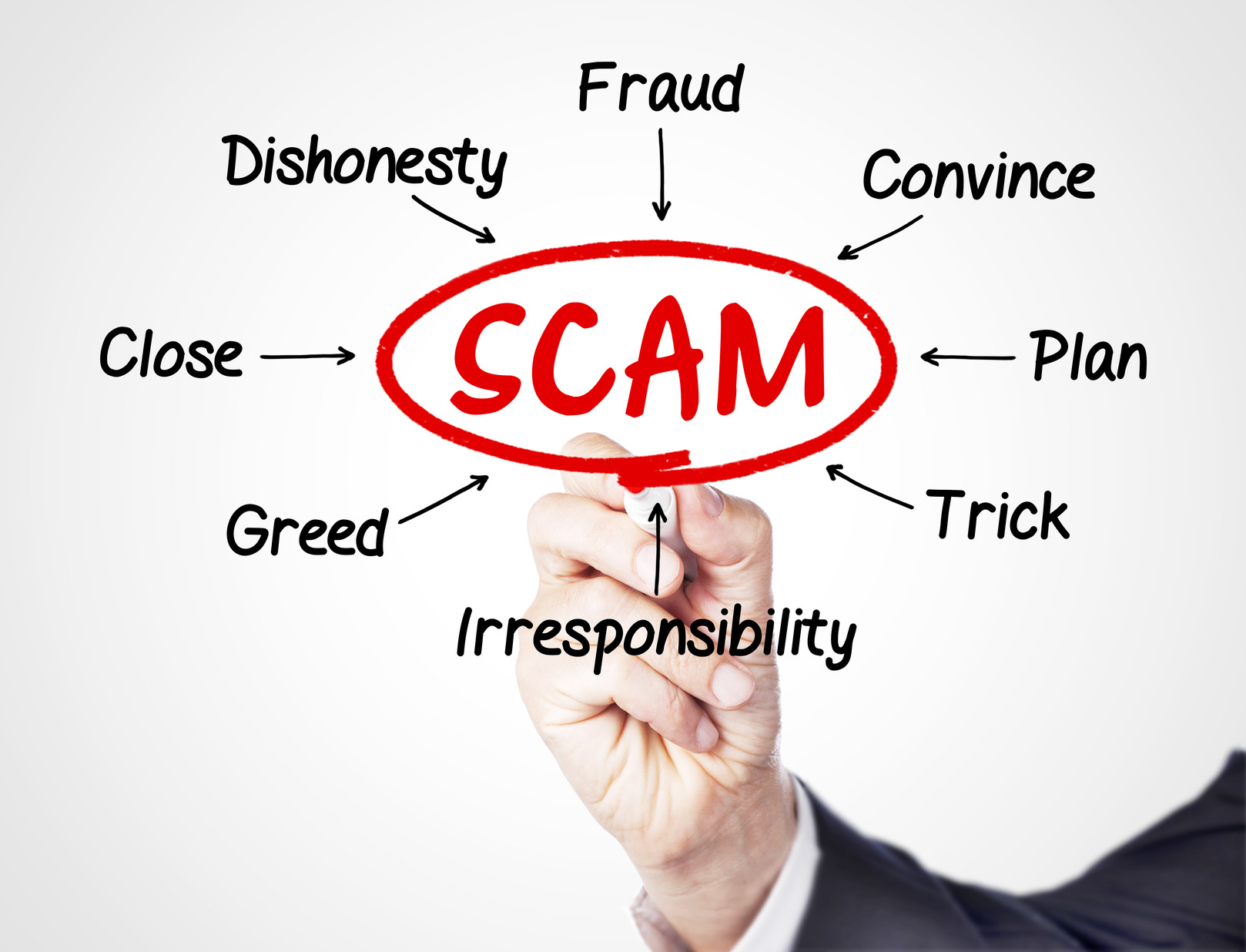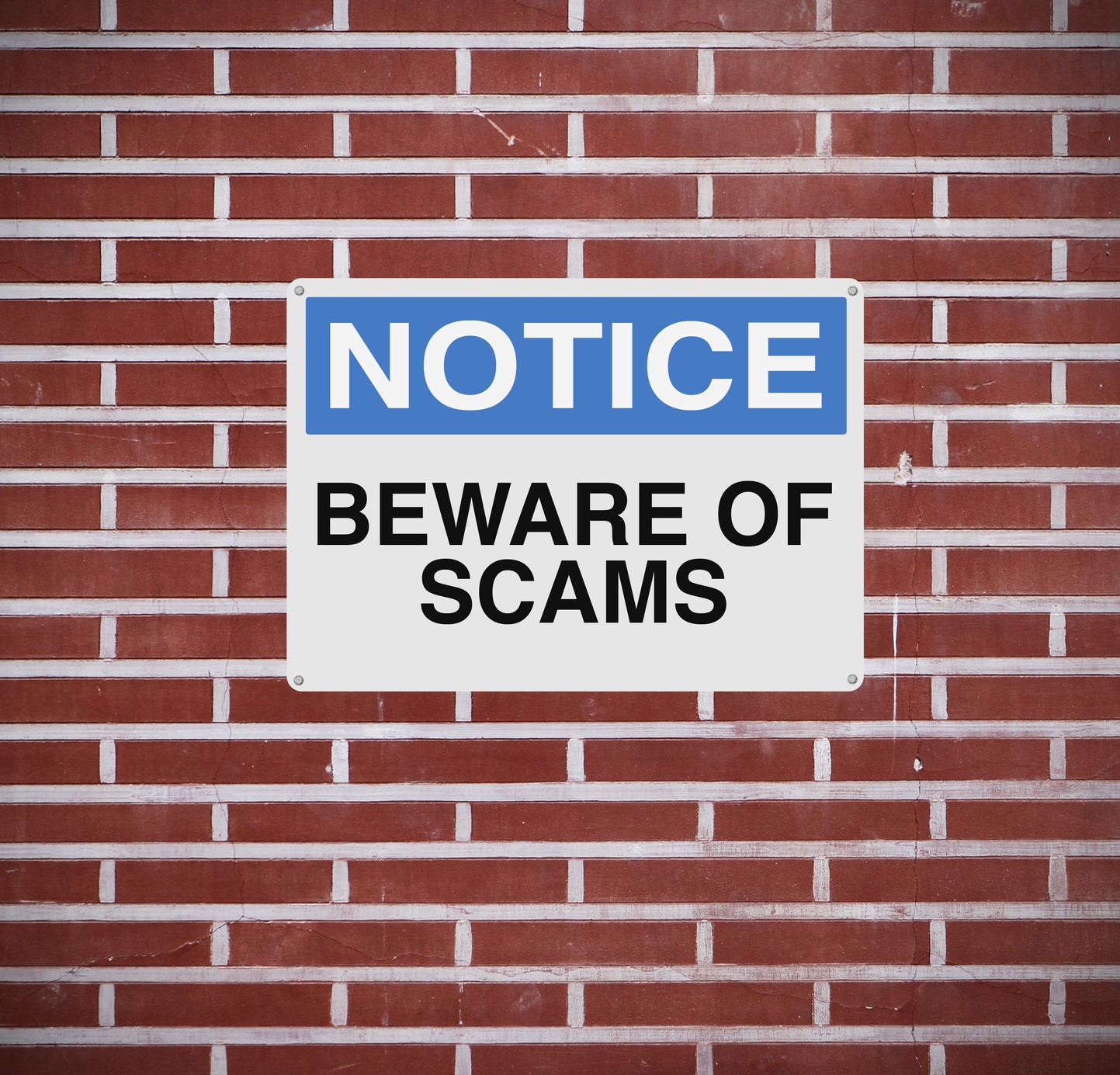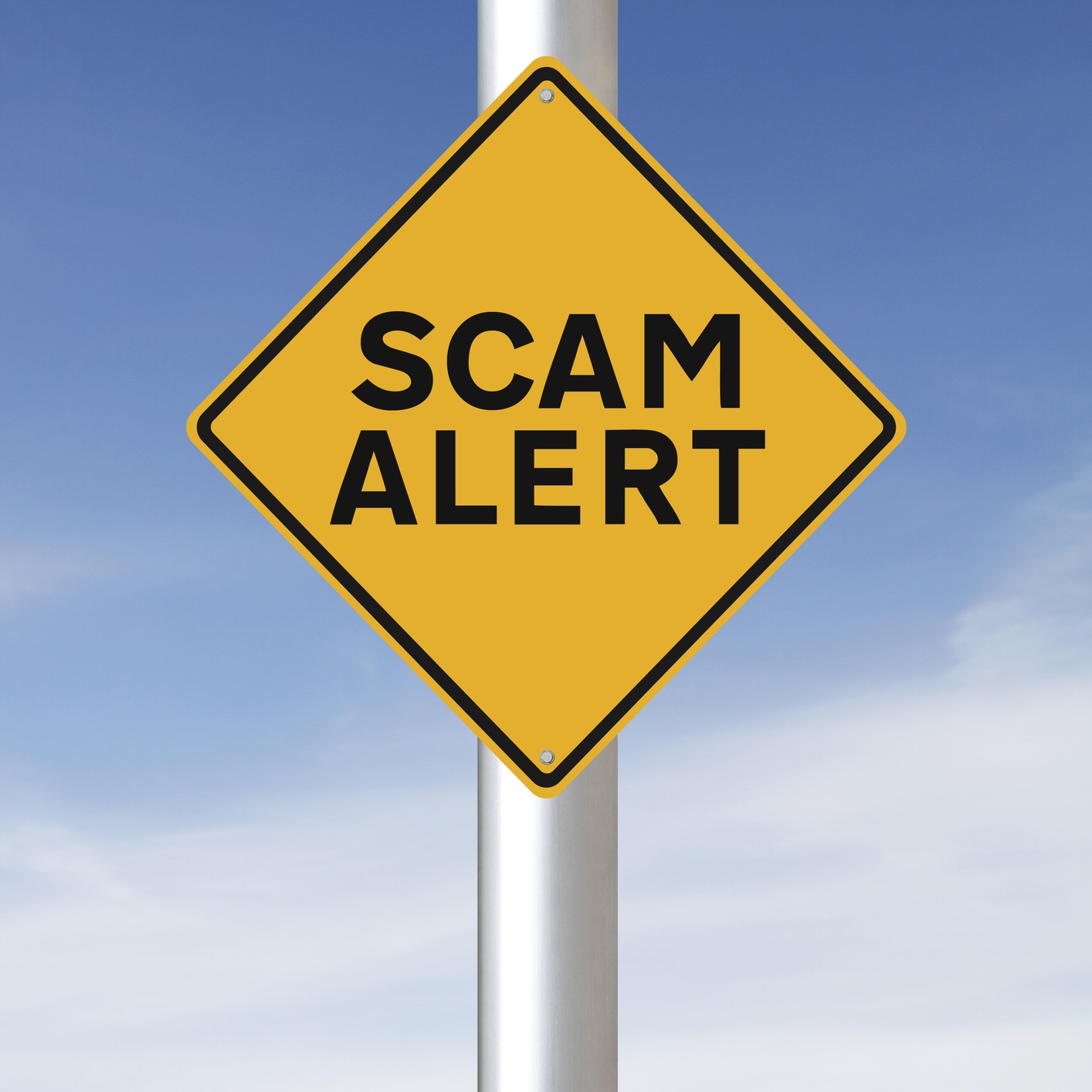Pay Now or be Shut Off scam
 What is it?
What is it?
Utilities throughout the nation have reported scams by people posing as utility employees. In one scam, the scammer either calls or goes door to door and threatens that the utility service will be shut off unless he receives immediate payment. The scammer requires immediate payment by Western Union, credit card, e-Check, or prepaid cards, all methods that are difficult to later reverse. This scam is made especially effective when the scammer has the utility customer’s account information. It is imperative that customer-specific information including account number, amount past due and amount currently due, be available only to authorized utility representatives and the individual customer..
How does it work?
Scammers can often find customer-specific utility billing information on the internet. With this information, an unauthorized person, posing as a representative from your utility company, can contact any of your customers and likely convince them they have to make an immediate payment or their utility service will be cut off. The customer-specific billing information to which the scammer has gained access is used to make your customer believe the shutoff threat is legitimate and comes from your utility company. The scammer’s immediate payment demand is usually requested to be made by a method not easily reversed.
Solution
Make sure that your customers understand your late-payment, bill-collection process. Publicize your shutoff-for-non-payment procedures. Have all your company bill collectors and service personnel carry a company badge, wear company uniforms, and drive company vehicles with your logo prominently displayed. Let your customers know that if they are ever unsure about who they are talking with, they should end the conversation and then immediately call the number provided on your utility statement.
This scam is especially effective when the scammer can gain access to your customer’s account information such as his account number, amount due, past due, and the bill due date. Each piece of information that the scammer has increases the probability that the scam will work. Utilities are encouraged to make sure that this information is available only to authorized representatives and the individual customer.
Contact NeonLink, LLC to be advised on ways to protect your on-line customer information.
Claiming to be utility representative to sell efficiency items
 What is it?
What is it?
We have been made aware of unauthorized door-to-door salespeople or telemarketers using your utility’s name during sales pitches. The salesman will tell the person that they are either with the utility or endorsed by the utility. In this way the get an added measure of validity from the home owner. They then give their sales pitch to sell anything from insulation to hot water heaters. While some utilities do offer rebates for energy reducing appliances and home improvements, most do not endorse individual businesses. Homeowners should be wary of anyone claiming to be endorsed by the local utility. In many cases, once the salesman has gained the homeowner’s trust, they will sell products at a higher-than-normal price or lower quality.
How does it work?
An unauthorized sales person will contact a homeowner in your service territory and tell them that they, or the product they are selling, is endorsed by your utility. Your utility has no control over the cost, quality, or effectiveness of the item being sold.
Solution
While it is important to let your customers know that conservation is important to your utility, your customers should be aware that the utility company does not endorse individual companies selling appliances or brand-specific energy-saving items. If your utility offers rebates or incentives for installing high-efficiency equipment or making energy-efficient home improvements, let your customers know that the rebates are based on the projected energy savings, not on the brand of the equipment or the company selling it. Make sure your customers have access to conservation tips and ideas that are supported by independent analysis of the projected energy savings and costs involved.
Contact NeonLink, LLC if you would like your customers to have access to on-line tools that let them independently calculate their household-specific cost savings from taking different actions to reduce their energy or water consumption.
Meter bypass device scam
What is it?
The meter bypass scam is a dangerous, but tempting scam for many utility customers. This is done by either installing a bypass device or a meter that has been altered or by directly connecting the service line wires before the meter to the house. In this way, the homeowner will still get power without (some of) it being metered. This is dangerous both during the installation itself as well as afterwards.
How does it work?
A salesperson will typically work a neighborhood and go door to door. They will promise the homeowner that they can reduce their electric bill by 50% or more. The sales pitch will depend on the salesman and the honesty/naïveté of the homeowner. Sometimes the salesman will be upfront about what he plans to do and other times they will use more technical terms the homeowner doesn’t understand. They will sometimes claim that the device they are selling will reduce energy consumption because it can “clean the power” or “put the electricity in phase”. The typical charge for this device/service will be anywhere from one hundred dollars to a few hundred, installed.
Solution
Make sure your customers understand that there isn’t a single cure-all device for saving electricity. Let them know that the electricity service they are receiving meets all industry standards and while conserving electricity is a worthy goal, any device that attaches before the house meter is both dangerous and illegal.
Contact NeonLink, LLC if you would like to discuss ways to analyze or look for unusual customer demand changes that might signal theft of service issues.
Bait and switch
 What is it?
What is it?
The bait and switch is used in areas that allow homeowners to choose which source provider will supply them with electricity or natural gas. In areas that allow this, the homeowner can be switched over to a new service provider based off a promise of currently lower rates. Once the account has been moved over to the new source provider, the savings may not appear. If the new provider has a much larger portion of their purchased energy at spot prices, instead of long-term contract prices, there can be times the new provider will charge the customer much higher rates based on energy market conditions. Since many customers pay their bills without comparing them with neighbors, this discrepancy can go unnoticed for months or even years. Once the homeowner realizes the issue, it can take months, and sometimes expensive re-connect fees, to get things moved back to the original or a new service provider.
How does it work?
The salesperson contacts the customer via phone and lets them know they are eligible for a cheaper electric or gas rate. They will let the person know they will be able to save between 15% and 20%. They then ask for the person’s account number to evaluate their historical usage in order to calculate what the savings at their current rates will be. If the customer agrees to switch, they will move them over. If the customer doesn’t agree to switch, sometimes the salesperson will still transfer the account anyway.
Solution
Make sure customers understand that if someone calls and gives them a story that is too good to be true, it probably is. The savings may not be permanent, depending on market conditions. The new service also may not be as reliable as what they have become accustomed to having.
Contact NeonLink, LLC for effective ways to let customers compare their kWh usage and bills with the average of a relevant “peer group” of similar consumers every month. This program can also help reduce overall utility peak and annual demand by one to two percent.

